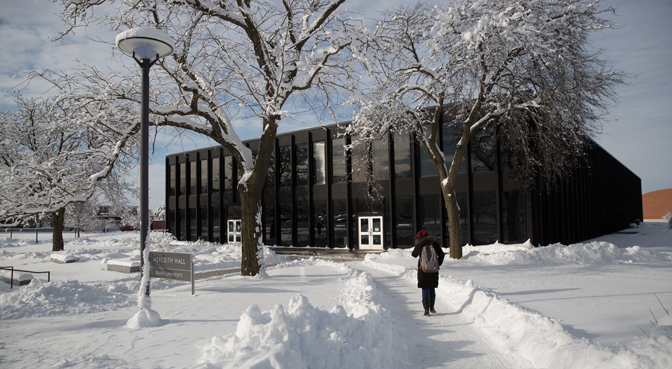Numerous injuries result from slips and falls on icy sidewalks, parking lots, roads, and other outdoor locations. Snow removal and frequent salting of these areas can help. Many times, total elimination of the hazard is impossible, and measures must be taken to cope with this problem.
What precautions can we take to reduce both the frequency and severity of injuries that result from this hazard? Consider these tips:
Being aware of the danger is very important. Anticipate the fact that you are apt to fall at any moment when walking on ice. Often ice will appear in the morning, in shady spots or where the sun shines during the day and melted snow refreezes at night.
The type of footwear you have on is very important during icy conditions. Footwear should have low heels with soles constructed of a slip-resistant material. We shouldn’t wear footwear that is not able to grip the surface we are walking on.
Be careful when you shift your weight. When stepping off a curb or getting into a car, shifting your weight may cause an imbalance and result in a fall.
You should adjust your stride so that your center of gravity is maintained directly above your feet at all times. Shorten your stride—take shorter steps. Walk with your feet spread further apart laterally than you would under normal conditions.
Plan ahead. While walking on snow or ice on sidewalks or in parking lots, walk consciously. Instead of looking down, look up and see where your feet will move next to anticipate ice or an uneven surface. Occasionally scan from left to right to ensure you are not in the way of vehicles or other hazards. Be careful about what you walk under. Injuries also can result from falling snow/ice as it blows, melts, or breaks away from awnings, buildings, etc.
Use your eyes and ears. While observing the environment is important, you also want to be sure you can hear approaching traffic and other noises. Avoid listening to music or engaging in conversation that may prevent you from hearing oncoming traffic or snow removal equipment.
Walk steps slowly. When walking down steps, be sure to grip handrails firmly and plant your feet securely on each step.
Avoid taking shortcuts. Shortcuts are a good idea if you are in a hurry, but may be a bad idea if there is snow and ice on the ground. A shortcut path may be treacherous, because it is likely to be located where snow and ice removal is not possible.
When you get to your destination, be sure to look at the floor as you enter the building. The floor may be wet with melted snow and ice. Try not to track snow into buildings. Wipe your feet off at the entrance so others won’t slip and fall on melted snow.
—Chris Nickell, Environmental Health & Safety

